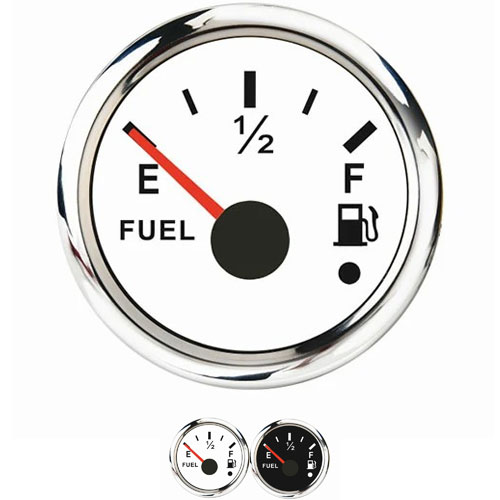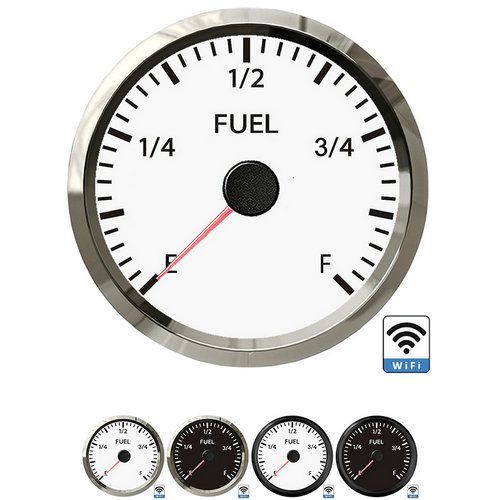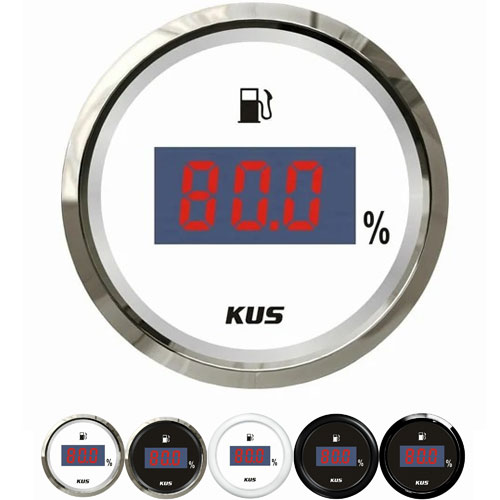fuel gauge not changing level
The pointer position of the fuel gauge does not change after the car is filled with fuel, or it needs to wait for a period of time or slowly rise during driving. This is a problem that exists in many cars. Some novice drivers just don't pay attention to the fuel gauge when refuelling, but suddenly find that the fuel does not increase when driving; Then they worry about whether the car will leak oil or whether the gas station will fill up the gas. In fact, the problem is not the gas station, but the indication principle and reaction speed of the two types of fuel gauges.
After refueling, you need to wait for dozens of minutes or several hours, or even turn off the engine the next day to see the normal fuel level; The vehicles with this problem mostly use mechanical fuel gauges. In the past, the fuel volume of cars and vans was mostly displayed through "pointers". The back of the pointers is not an electronic motor, but a group of "bimetal regulators". However, before understanding the regulator, it is also necessary to understand the relationship between "oil float" and oil volume. There will be a floating ball in the fuel tank of the car, which is connected to the wire; The fuel consumption and filling will naturally rise and fall, and the change of the vertical height of the float will drive the wire to adjust the variable resistance. The concept of resistance will not be repeated. In short, the greater the resistance, the weaker the current, and the smaller the resistance, the stronger the current; The oil float will rise to a high level, and the variable resistor will be adjusted to a large electronic standard. The current input to the fuel gauge through the variable resistor will naturally weaken, and excessive current will lose the temperature rise when acting on the bimetallic sheet; When the metal sheet is heated, it will have a large deformation, which will push the pointer to the F (full) position.
If the current of the metal sheet is weak, the temperature will drop, and the deformation degree will gradually weaken after the temperature drop, and the oil pointer will be pushed back to the position E (less oil), which is the operating principle of the mechanical oil gauge.
 English
English 






Get a Quote / Info